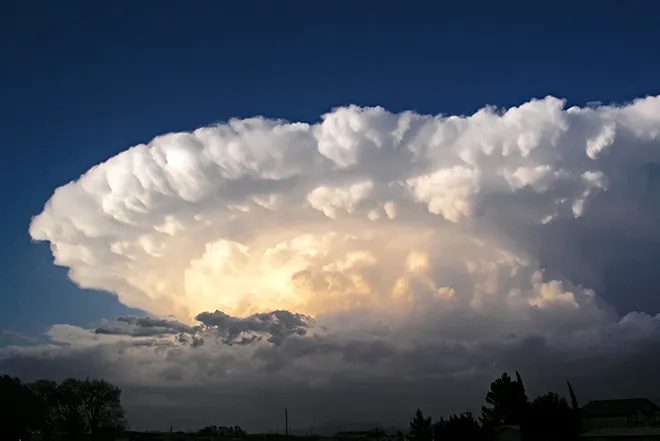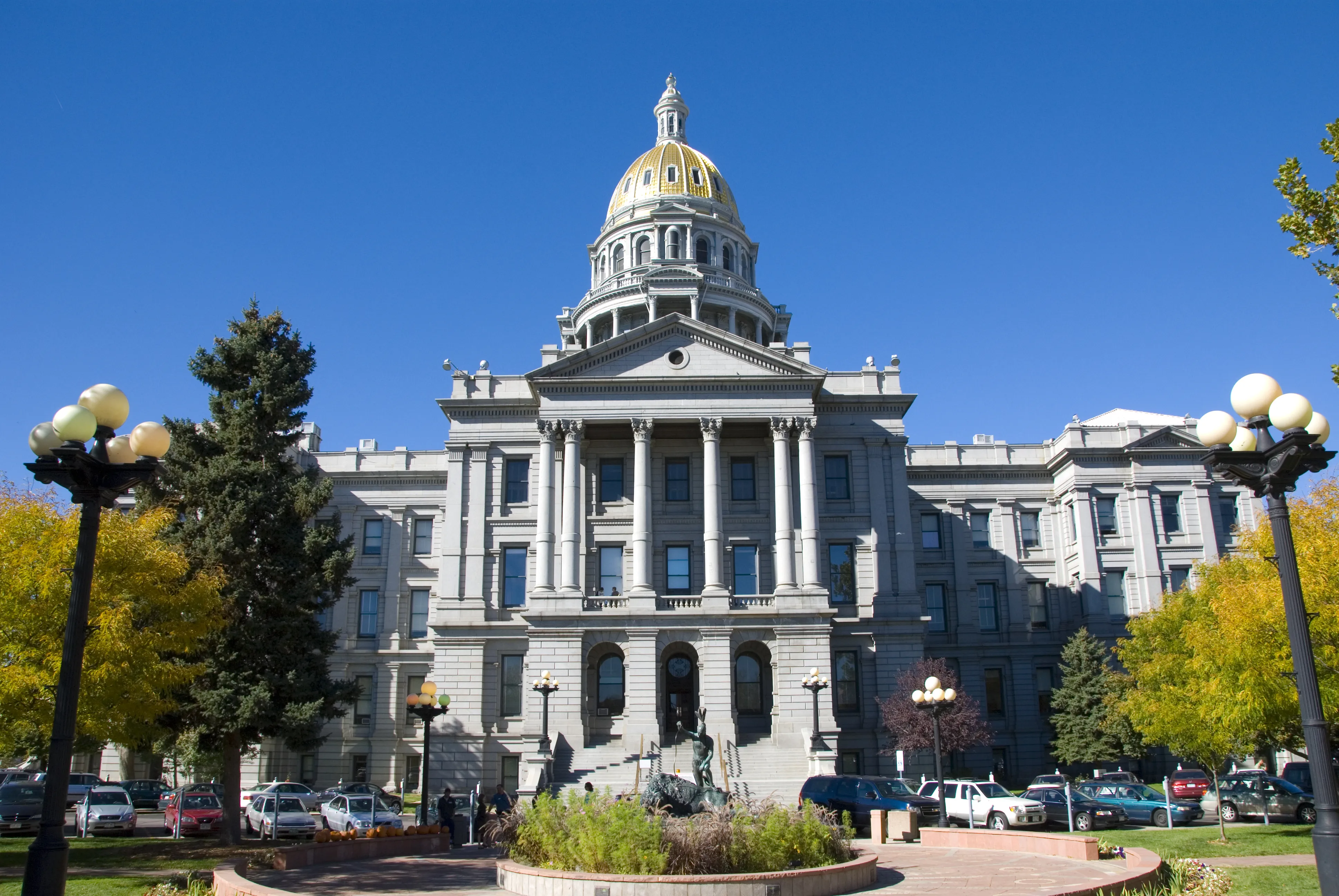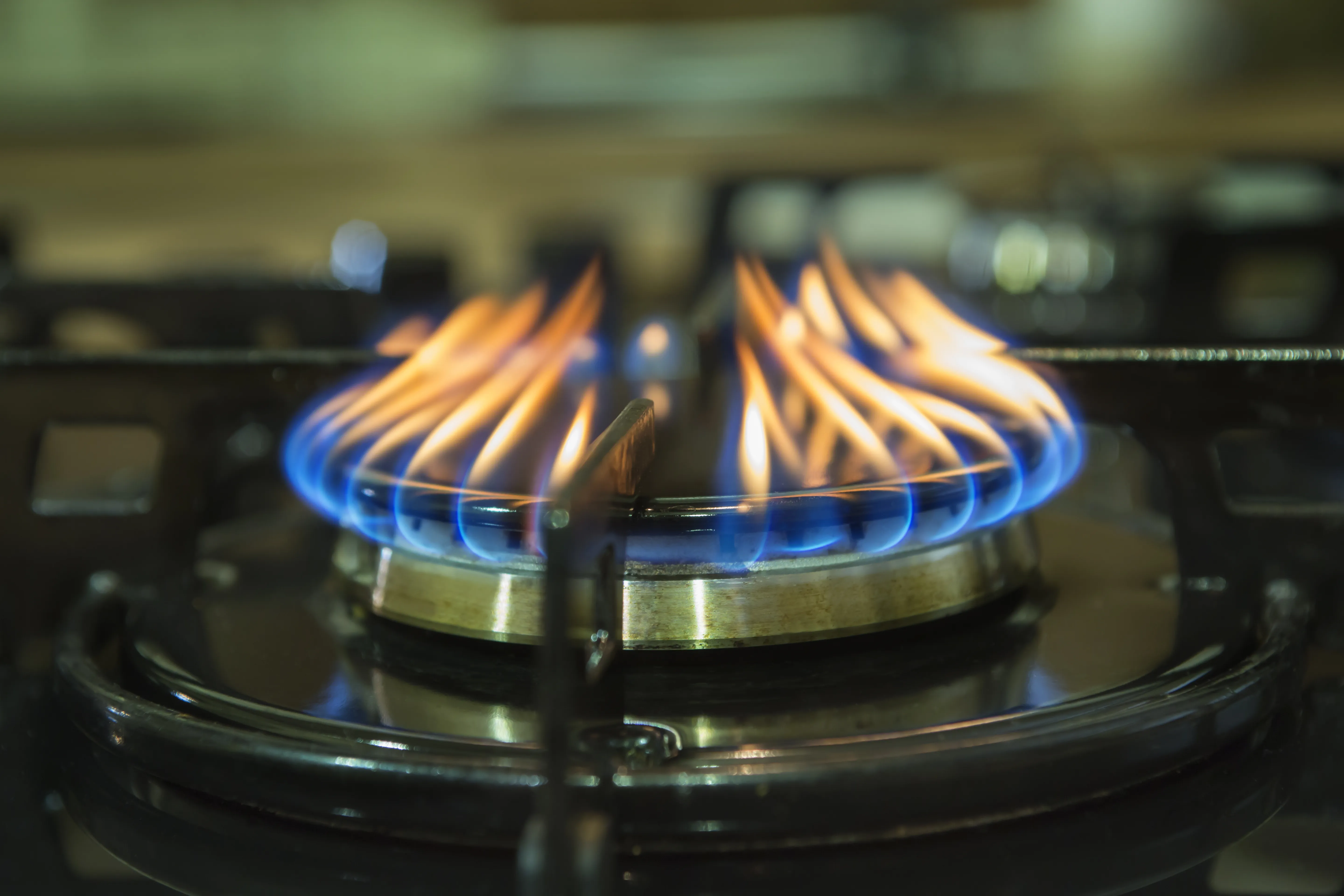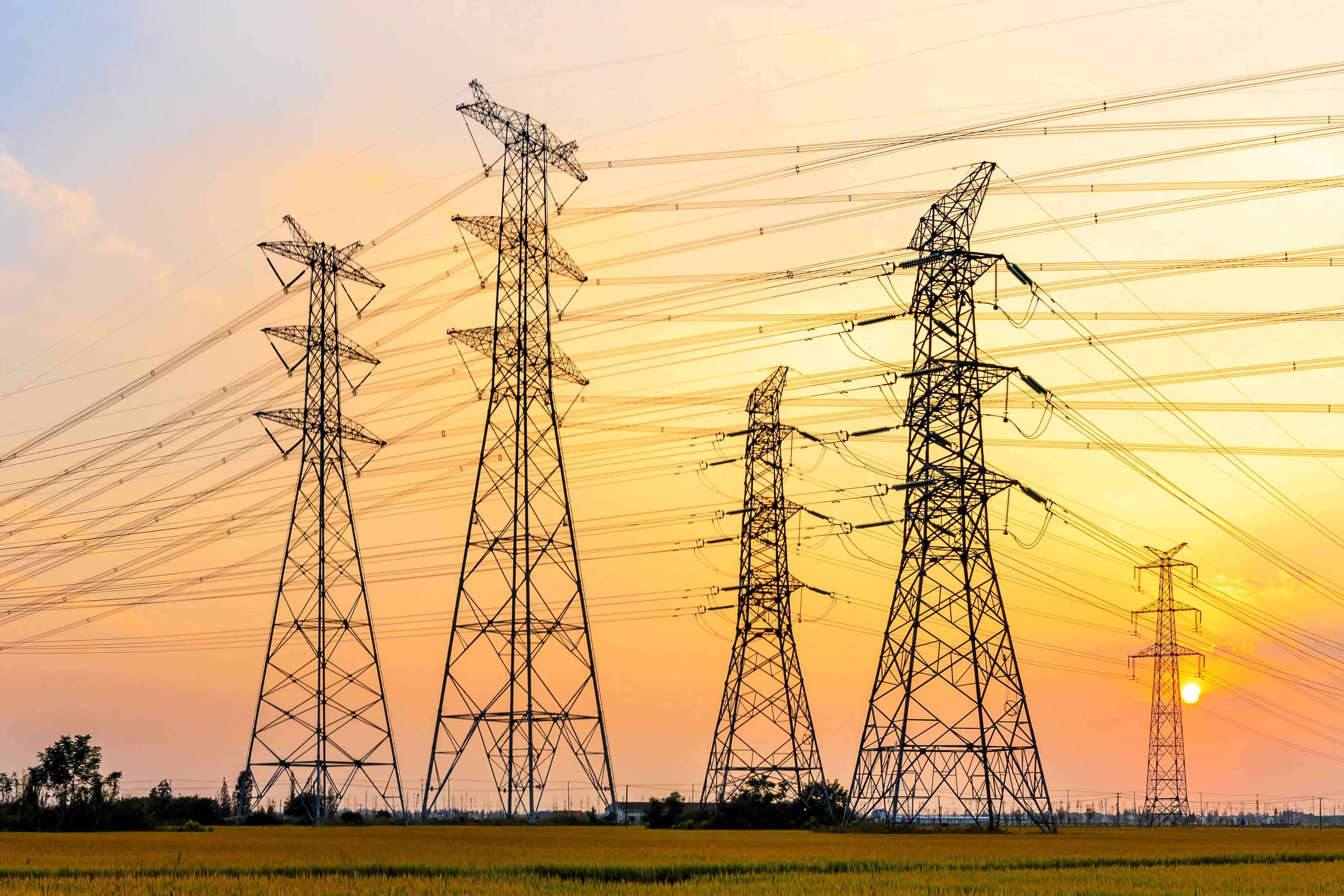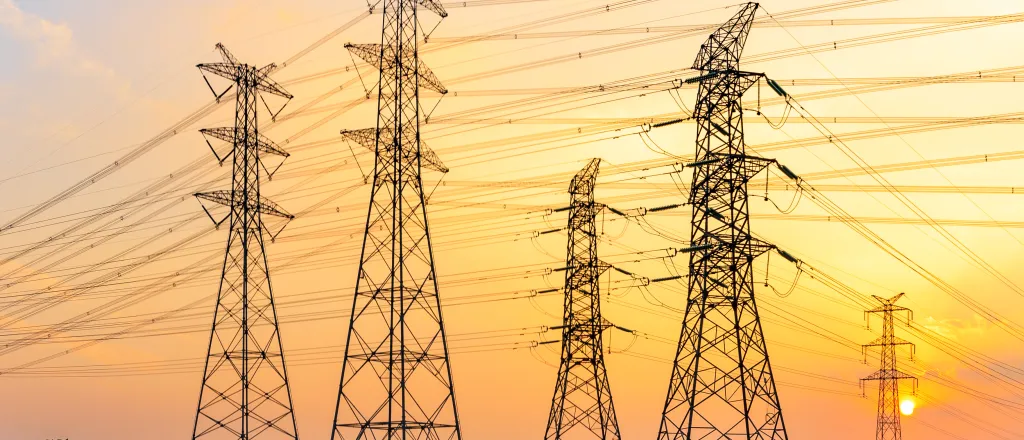
With summer coming fast, regulator issues electric reliability warning
© iStock - zhaojiankang
(Colorado Newsline) As much as two thirds of North America could face shortages of electricity this summer in the event of severe and protracted heat, according to the regulator in charge of setting and enforcing standards for the electric grid.
“Increased, rapid deployment of wind, solar and batteries have made a positive impact,” said Mark Olson, manager of reliability assessments for the North American Electric Reliability Corporation, in a news release. “However, generator retirements continue to increase the risks associated with extreme summer temperatures, which factors into potential supply shortages in the western two-thirds of North America if summer temperatures spike.”
NERC’s 2023 Summer Reliability Assessment says the amount of electric generation capacity across the country is adequate for normal summer weather, though spiking temperatures, coupled with potential high outage rates from fossil plants and low output from renewables, could force emergency actions like interrupting power service. NERC says the areas that face elevated risk are the U.S. West, the Midwestern states that are part of SPP and MISO — a pair of regional transmission organizations that each coordinate the flow of electricity for a huge swathe of the central U.S. — Texas, New England and parts of the upper South.
“Weather officials are expecting above normal temperatures for much of the United States,” the report says. “In addition, drought conditions continue across much of the western half of North America, resulting in unique challenges to area electricity supplies and potential impacts on demand. … Above average seasonal temperatures can contribute to high peak demand as well as an increase in forced outages for generation and some (bulk power system) equipment.”
A MISO spokesman said the organization had no comment on the report but said it was holding a meeting May 18 on its summer power outlook. SPP did not respond to a request for comment.
In particular, the report says wind output in MISO and SPP will be a “key factor” in whether there will be enough electricity to maintain reliability. NERC also cites natural gas and coal supply risks and the EPA’s new “Good Neighbor Plan” rule, which is intended to cut smog-forming pollution from power plants and other industrial facilities in 23 states but will likely limit hours of operation for coal plants.
The report says state regulators, grid operators and power plants will have to be “vigilant for emissions rule constraints that affect generator dispatchability and the potential need for emission allowance trades or waivers to meet high demand or low resource conditions.”
Michael Goggin, a vice president at Grid Strategies, a consulting firm, said wind and solar have historically performed well during peak electric demand periods and generally meet or exceed the output grid operators expect them to deliver.
“The primary cause of reliability risks during both hot and cold extreme weather has been the underperformance of fossil, and particularly gas, generators,” Goggin said, citing gas plants that failed to perform during heat waves in 2020 and 2022 in California and other parts of the west.
Advanced Energy United, a trade group representing renewable energy businesses, said the report underscored the need to update the electric grid and increase the ability to move electricity around the country by building more transmission lines.
“With no end in sight to grueling summer heat waves induced by climate change, states that do nothing to shore up the energy grid will continue to risk blackouts and skyrocketing electricity costs,” said Leah Rubin Shen, AEU’s managing director. “Modernizing our 100-year-old electric grid with new transmission lines and new grid-improving technology will make it easier for all kinds of clean energy, like large-scale projects as well as household and neighborhood resources, to connect to the grid and make it more reliable and affordable.”
The primary cause of reliability risks during both hot and cold extreme weather has been the underperformance of fossil, and particularly gas, generators.
– Michael Goggin, a vice president at Grid Strategies
The group also called for a full-fledged regional transmission organization for the West, which currently has a power trading mechanism called the Energy Imbalance Market but has seen some states exploring efforts to better connect the region. Both Colorado and Nevada, for example, have passed legislation requiring their states to join regional transmission organizations and California is exploring further regionalization.
“Right now, there are 38 entities managing 38 separate energy territories in the West,” said Mona Tierney-Lloyd, Head of State Public Policy for Enel North America, an energy service company and renewable power developer. “Coordinating across all of them can be very challenging when supplies are tight and demand is soaring — and that’s what contributes to power outages. A regional transmission organization would make it much easier to coordinate and keep the lights on everywhere in the West. It is a much more efficient and reliable way of sharing scarce resources.”
‘I hope we get through the summer’
At the Federal Energy Regulatory Commission meeting on May 18, commissioners got a presentation from their own staff as well as NERC on the reliability outlook for summer.
Electricity today is like Colorado’s road network a century ago
Two commissioners, Chairman Willie Phillips and Commissioner Allison Clements, saw positive trends compared to last year, including easing drought conditions that should improve hydropower in the West. Clements noted that the California Independent System Operator, which runs the electric grid for most of California, released its own outlook for summer that showed improvement in availability of electric generation and an additional 4,000 megawatts of storage capacity coming online. California’s grid was pushed to the brink by a late summer heat wave last year, but the addition of battery storage, regional cooperation, efforts to cut demand and direct appeals to consumers, among other measures, staved off disaster.
“We have the tools in the toolbox to get at these problems,” Clements said, citing improving the interconnection process for new generation resources, transmission planning upgrades, grid technologies and programs to reduce electric demand.
However, Commissioner Mark Christie wasn’t as sanguine.
“We’re losing dispatchable generation at a pace that’s unsustainable. And it’s going to have negative consequences in the future,” Christie said.
“The long term trends are still threatening. That’s what I took from the NERC report. … I hope it is good news, I hope we get through the summer. But I think in the long term we’ve got some major, major threats facing reliability of the grid.”
Colorado Newsline is part of States Newsroom, a network of news bureaus supported by grants and a coalition of donors as a 501c(3) public charity. Colorado Newsline maintains editorial independence. Contact Editor Quentin Young for questions: info@coloradonewsline.com. Follow Colorado Newsline on Facebook and Twitter.

